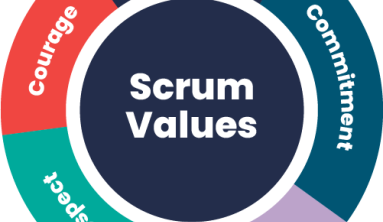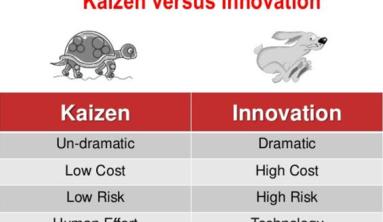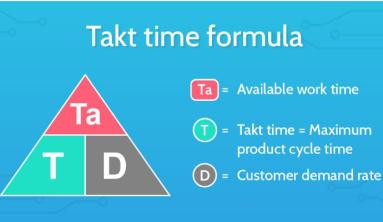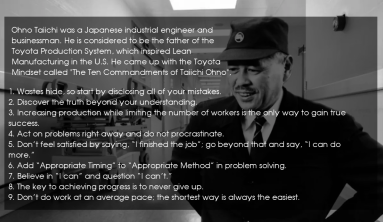The benefits of enterprise resource planning (ERP) are indisputable: when implemented correctly, ERP can streamline operations; increase performance and productivity; and reduce costs associated with manufacturing, inventory, and marketing. The question is, what’s the “correct” way to deploy an ERP system? How can you make sure that your project is a success?

Learn more:
- https://tigosoftware.com/big-bang-model-what-it-and-how-do-you-use-it
- https://tigosoftware.com/software-development-life-cycle-methodologies
Deployment Methods: Pros and Cons
The two most common strategies for implementing ERP are “big bang” and phased rollout.
Big bang is a “one-and-done” deal: the system goes live across all departments on a predetermined date. Despite its name, a substantial amount of planning goes on in advance. Prior to deployment, management must determine any organizational changes necessary to make the system viable, employees must receive adequate training on the new system, data stewards must convert and import information from the old system to the new system, and the technical staff must conduct trial runs to verify the validity of the software.

The following are advantages and disadvantages of a big-bang approach:
- Low Cost. Operating expenses are much lower than in a phase rollout, as the organization need only incur the maintenance costs of a single system.
- Faster Return on Investment (ROI). The changeover occurs site-wide for all users on a given date, resulting in an immediate change to processes across affected departments.
- High Risk. Unrealistic expectations may cause staff to focus more on the deadline and less on planning. The organization may not be ready for the switch by the given date.
- Disruption to Operations. The organization may experience a “catch-up” period in which productivity temporarily decreases as users adapt to the new system.
In contrast, a phased rollout implements the new system in a series of steps. An organization may deploy individual modules one at a time, starting with its core processes, or it may introduce the new system to a particular business unit or site before deploying the software to its other departments or locations.

The following are advantages and disadvantages of a phased rollout:
- Low Risk. Because there’s no hard-and-fast deadline, the organization can make adjustments as needed during the transition.
- Steady Performance. The organization has more time to train employees, and employees have more time to adjust to the new system.
- Lack of Focus. Deployment occurs over an extended period, and staff must concentrate on a single module or department at a time rather than on the system as a whole.
- High Cost. The organization must devote resources to maintaining the old system and the new system as well as any temporary interfaces used to link the two systems.
Which One Should You Choose?
Unfortunately, following best practices for ERP implementation won’t help you determine which approach is right for your business, nor will looking to emerging trends—neither industry experts nor top companies agree on which strategy is better. In terms of popularity, big bang and phased rollout are about neck and neck. In a 2008 study from the Center for Applied ICT at Copenhagen Business School, out of 144 companies surveyed, 50.7 percent of respondents used a big-bang approach, whereas 49.3 percent of respondents followed a phased approach. Small and medium-sized businesses (SMBs) did opt for a phased rollout slightly more often than a big-bang deployment: the former had an 11.76 percent advantage with small businesses and a 5.56 percent advantage with midsized businesses. The widespread prevalence of cloud ERP, however, has since made big-bang deployment a much more appealing option for SMBs.

Overall, the best way to determine which strategy is best for your organization is to assess factors such as initial costs, operating expenses, ROI, and impact on productivity. Then, consider how each approach may affect business operations. One approach might appear better than the other on paper, but those advantages might not apply in the real world.
Source: toolbox (Petra Jorgenson)






